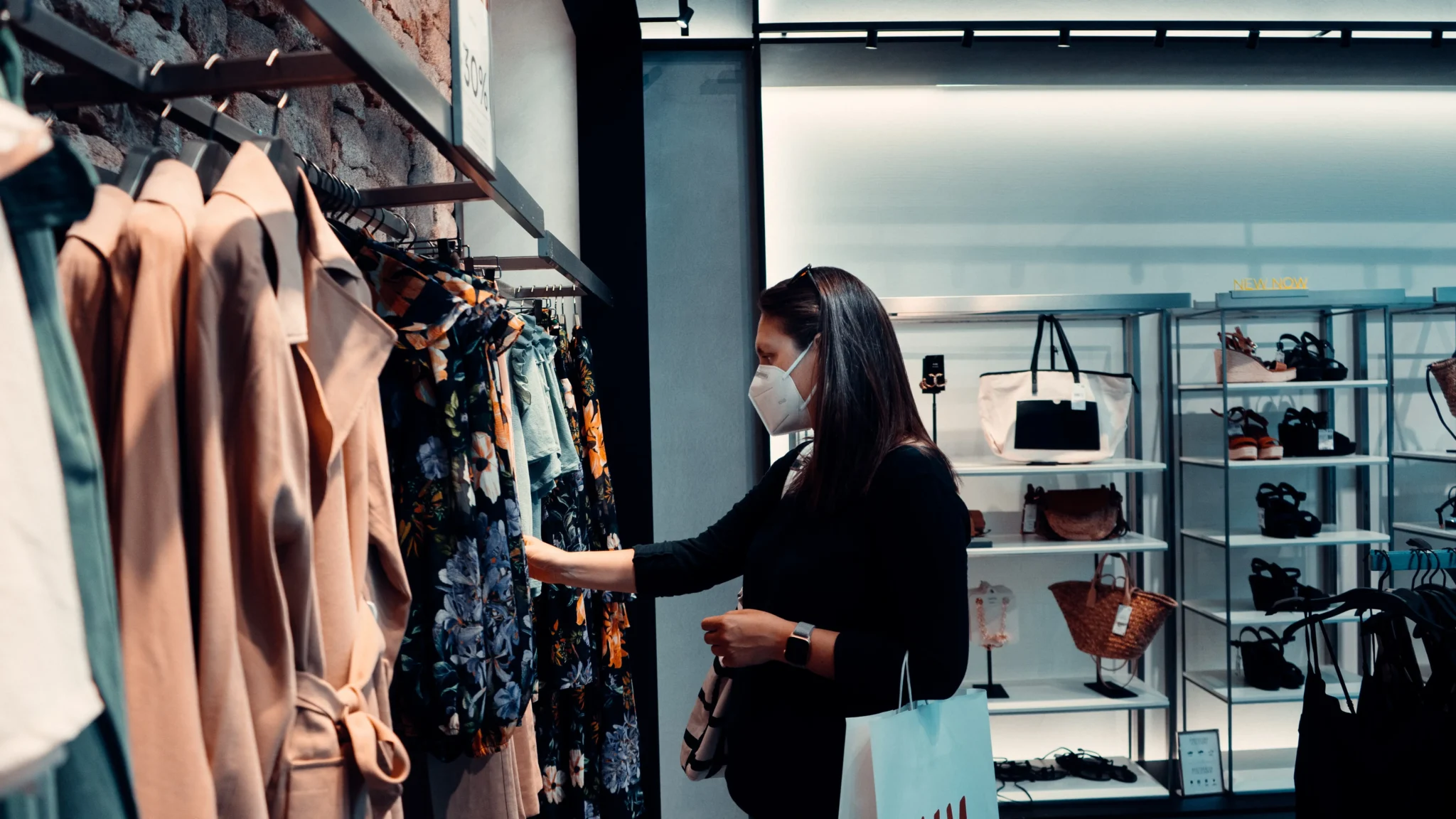Why R&D is the future for the fashion industry
The pandemic has had an adverse effect on many industries – especially the retail sector, with shops either having to reduce customer numbers to enforce social distancing or close altogether during lockdowns.
Challenges such as the spiralling inflation rate, increased cost of materials and supply chain issues have unfortunately forced some businesses to close for good. But when one door closes, another one opens, and the closure of some businesses has presented opportunities for retailers that are in a better financial position to acquire brands and amass market share.
Unsurprisingly, the M&A market has been quite active since the start of the pandemic. In the UK, this has been driven by the collapse of the Arcadia group in late 2020, with online retailing giant ASOS subsequently acquiring Topshop, Topman and Miss Selfridge, and Boohoo buying out Dorothy Perkins, Wallis and Burton.
The good news for consumers is that these much-loved labels are still available to buy. However, it’s important to note that while ASOS and Boohoo have rescued these staple brands, they have left the physical shops behind – heralding a new era for the retail sector.
The boom in e-commerce and fast fashion
Arguably, the pandemic merely accelerated the growth of online retail, as consumers – either wary of in-person shopping or for lack of any other option – began purchasing online on a scale that hadn’t been seen before. This penchant for online purchasing has led to a consolidation of the big players in online retail, with many of them making major acquisitions and enjoying huge market share.
What’s more, it’s not just well-established brands that have consolidated their market share. Little-known online brands have also made a name for themselves, including SHEIN, which was recently valued at £78 billion – more than H&M and Zara combined. And, for a retailer that had barely been heard of a few years ago, its business model is completely revolutionising the way retailers produce and market their goods. Relying on a network of hundreds of clothing manufacturers in China, the company only produces a few copies of each item and is able to flexibly ramp up or wind down production, depending on which items are most popular or trending on social media. It takes the “customer is king” adage to a whole different level, proactively responding to what its customers are buying, making less or more of the same item and intuitively adapting its future designs based on purchasing behaviours.
Shifting consumer attitudes
Given the huge market share held by online retailers, it has never been more difficult for SMEs to compete in the fashion retail industry. But there is hope.
The fashion industry is one of the most polluting industries on the planet. And in a digital era, consumers have access to more information than ever before. Many are demanding on-trend items instantly and at super-cheap prices. At the same time, though, an increasing number of consumers are becoming more educated about the realities of the fashion industry, opting for more sustainable purchases.
This shift towards sustainability has resulted in a noticeable rise in new and emerging fashion brands that are fully sustainable – in other words, brands that are fully committed to reducing clothing consumption by prioritising second-hand, circular and recycled fashion, as well as looking into the use of new materials to reduce pollution.
New materials and technological solutions
More and more companies are exploring alternatives to traditional materials and committing to replacing them with innovative or more sustainable fabrics. Patagonia, for example, is moving toward 100% renewable and recycled raw materials, while H&M already has a well-established Conscious range of clothing made from organic cotton, recycled polyester and other sustainable materials.
These advances are expected to continue over the next few years, with many firms likely to invest more heavily in R&D activities, either to create new, sustainable materials or to use better modes of design to generate less waste. The potential for innovation is huge, with companies likely to embrace technologies such as blockchain, digital textile printing, 3D design and artificial intelligence in future.
While it may seem that online retail giants currently have the upper hand, it is possible for SMEs to compete by satisfying consumer demands for sustainability and embracing both innovation and digitalisation. In this context, brands need to refocus their priorities and make the level of investment required to implement ethical, forward-looking strategies.
R&D tax relief
By investing in R&D, such as a new sustainable material or more ethical form of production, fashion retailers may be eligible for tax incentives provided by the UK Government.
R&D relief can either be given by an enhanced deduction for corporation tax purposes, or by a payable tax credit. In relation to other global corporate tax reliefs, both types of R&D reliefs are among the most generous.
An additional 130% deduction from profits, subject to corporation tax of qualifying R&D expenditure, pertains the enhanced deduction. With the current tax rate at 19%, this equates to an additional tax saving of 24.7% of such expenditure. For a loss-making company, the expenditure can be carried forward into a future tax year or can be converted into a repayable tax credit. The credit is equal to 14.5% of 230% of the qualifying expenditure.
For more information on how Gerald Edelman can assist you, please get in touch with our dedicated R&D tax credit specialists.

Let’s get started
Contact page
Contact Us





